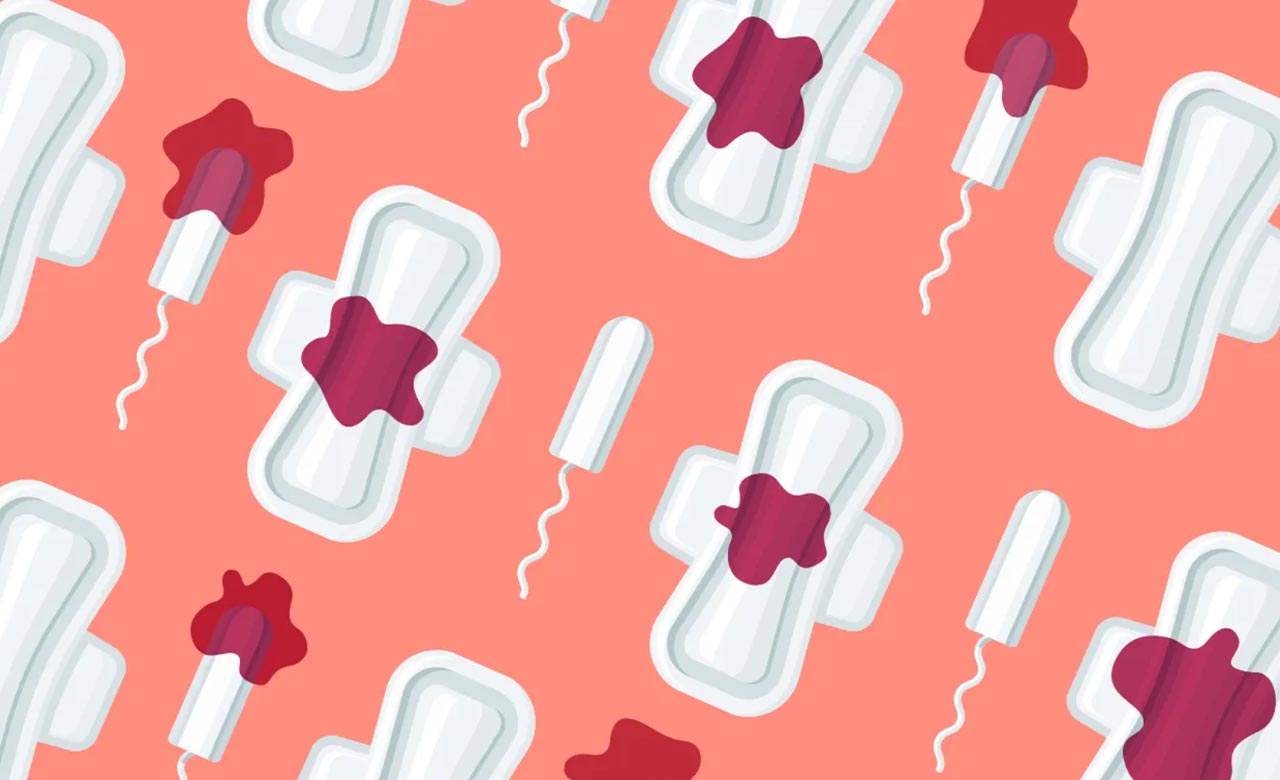Menorrhagia is a medical condition in which Excessive menstrual bleeding lasts more than seven days or may occur more than once before the 21-day cycle. This condition may cause excessive blood loss, and the female may experience anemia. This condition could be the result of hormonal changes, uterus problems, and many other hidden medical disorders. As a result, the daily life tasks may become difficult to perform with this condition.
Causes of menorrhagia
The most common cause of menorrhagia is an unfertilized egg during the menstrual cycle. Some hormonal changes may also lead to this disorder. Estrogen and progestogen are the two common hormones that can lead to this disease if they are imbalanced. Fibroids, cancer, and some pregnancy issues are the most common uterus problems that may cause this medical issue.
Symptoms of menorrhagia
There are no specific symptoms of this condition. If a female experiences bleeding for more than seven days or the amount of blood loss is higher than usual, and you have to change the pad after 2 hours, then consult any gynecologist as soon as possible.
Diagnosis of menorrhagia
Following tests could be done to diagnose this disease,
- Endometrial biopsy
- Ultrasound
- Sonohysterography
- Hysteroscopy
Treatment of menorrhagia
Treatment for this condition depends on various factors or person-to-person. Moreover, some of the treatment options for this condition may include:
- Prostaglandin inhibitors
- Birth control pills
- Ablation
- Resection
- Iron supplements
Uterine Fibroids
Once the uterus lines are subject to abnormal growths, these growths are referred to as uterine fibroids. If the tumor becomes large, then it can cause several abdominal pain and heavy bleeding during the menstrual cycle. Their size can vary from person to person.
Symptoms of Uterine Fibroids
Many patients don’t experience any symptoms at all. However, some patients may experience constipation, backache, bleeding between periods, prolonged periods, and painful cramps.
Treatment of Uterine Fibroids
Some painkillers may reduce the bleeding caused by uterine fibroids. Your gynecologist may also recommend hormonal treatments based on your symptoms and medical history. Some procedural treatments may also be included in the treatment of uterine fibroids;
- The procedure in which the fibroids are removed without harming the uterus is myomectomy. However, this method is commonly used for those females who don’t want to lose their fertility.
- The other procedure is Uterine artery embolization. This procedure may help in fibroid treatment by shrinking the fibroids and discontinuing the blood supply. As a result, making it one of the best procedures for fibroid treatment.
- The other most popular treatment is Magnetic resonance-guided focused ultrasound, putting sound waves on fibroids that are present at the front of the uterus.
Menorrhagia and Uterine Fibroids Relation
They are directly linked to each other. If a female is diagnosed with fibroids, the most common condition that she may experience is menorrhagia. Menorrhagia is not only linked with fibroids, but it can be a symptom of many other diseases. It is essential to talk to any healthcare provider about the symptoms that you are experiencing for a better diagnosis and treatment. Your doctor may recommend the most suitable treatment according to your Hb, how your body reacts to several medicines, and the symptoms you may be experiencing.




